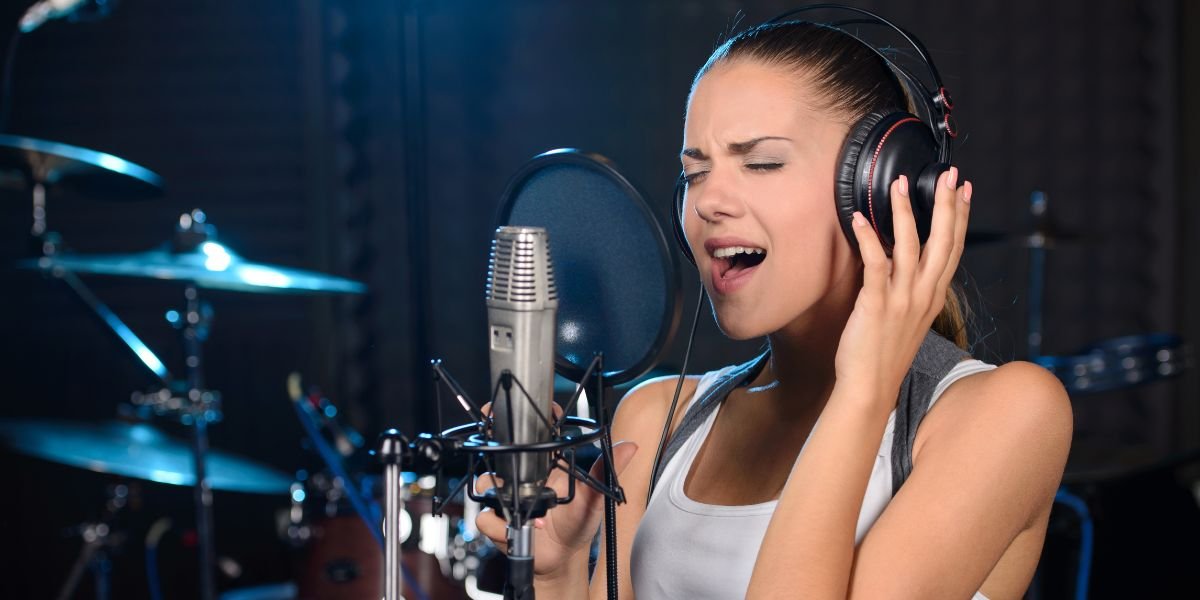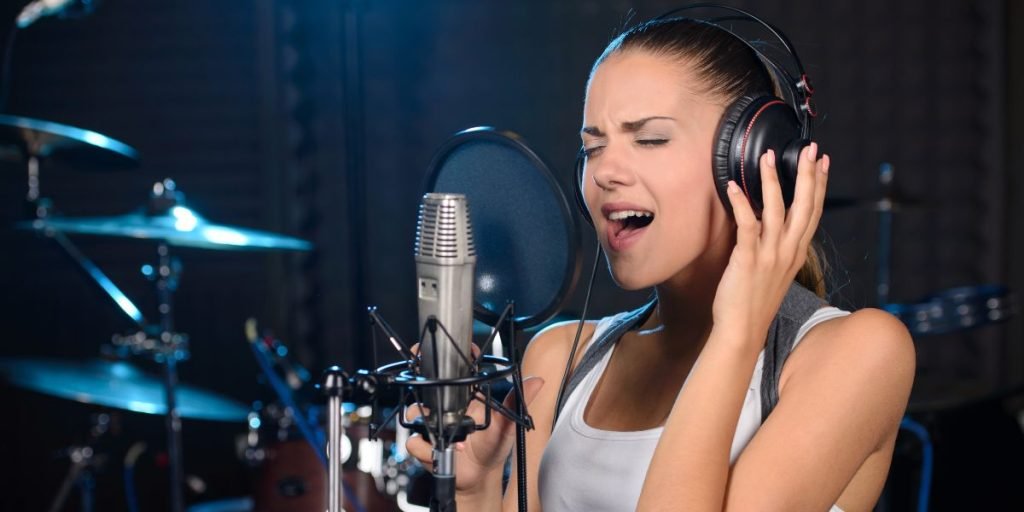

If you're in the market for top-notch audiophile headphones tailored for studio recording, the landscape is vast, with various contenders vying for your attention. However, before you make your decision, consider this pivotal question: what makes a pair of headphones truly excel in a studio setting? The answer goes beyond just sound quality; it delves into nuances like frequency response, comfort, and durability. So, let's unravel the intricacies of selecting the best companion for your studio endeavors and uncover the features that truly set certain headphones apart in this meticulous realm.
Top Features of Audiophile Headphones
When selecting audiophile headphones for studio recording, prioritize clarity, accuracy, and comfort. Clarity is crucial in ensuring that you can hear every detail of your audio recordings with precision. Look for headphones that offer a flat frequency response to accurately reproduce the sounds as they were recorded. This will help you make informed decisions during the mixing and mastering process.
Accuracy is another key feature to consider. You want headphones that provide a true representation of your audio, without adding any coloration or distortion. This will enable you to create well-balanced mixes that translate well to different playback systems.
Lastly, don't overlook comfort. As a studio professional, you may spend long hours wearing headphones, so it's essential to choose a pair that feels comfortable even during extended sessions. Look for headphones with plush ear cushions, adjustable headbands, and breathable materials to ensure a comfortable fit. By prioritizing clarity, accuracy, and comfort, you can find the perfect audiophile headphones for your studio recording needs.
Comparison of Top Audiophile Headphones
Let's compare the top audiophile headphones to help you make an informed decision for your studio recording setup.
When looking at audiophile headphones, the Sennheiser HD800S stands out for its spacious soundstage and detailed sound reproduction. It's a popular choice among professionals for its clarity and precision.
On the other hand, the Audeze LCD-X offers a planar magnetic design that delivers a rich, dynamic sound with deep bass and clear highs. Many users appreciate its comfort during long studio sessions.
If you're considering a closed-back option, the Focal Clear MG Professional provides exceptional sound isolation and a transparent sound signature, making it ideal for critical listening and studio monitoring.
For those who value a balance between performance and price, the Beyerdynamic DT 1990 Pro offers a high-resolution sound with a well-balanced frequency response, making it a reliable choice for studio recording.
Each of these top audiophile headphones brings unique features to the table, catering to different preferences and needs in the studio recording environment.
Factors to Consider When Choosing Headphones
Considering the right factors is crucial when selecting headphones for your studio recording needs. One key factor to keep in mind is the type of headphones – closed-back headphones offer better noise isolation, making them ideal for recording, while open-back headphones provide a more natural sound but may have sound leakage.
Another important consideration is the frequency response of the headphones. Look for headphones that offer a flat frequency response to ensure accurate sound representation during recording and mixing.
Comfort is also vital, especially for long studio sessions. Opt for headphones with cushioned ear cups and an adjustable headband for a comfortable fit.
Additionally, impedance plays a role in determining how much power the headphones need to operate effectively. Lower impedance headphones are more suited for studio use as they can be easily driven by studio equipment.
Tips for Optimizing Studio Recording Experience
To enhance your studio recording experience, prioritize optimizing your recording environment. Start by ensuring that your studio space is acoustically treated to minimize unwanted reflections and reverberations. Consider using bass traps, acoustic panels, and diffusers to achieve a balanced sound in your recordings. Additionally, pay attention to the placement of your equipment and monitors to create an optimal listening environment.
Invest in high-quality audio interfaces and microphones to capture the best possible sound during your recordings. A good audio interface can help reduce latency and provide clean recordings, while a high-quality microphone can capture the nuances of your performance accurately.
When mixing and mastering your recordings, use reference tracks to ensure that your audio translates well across different playback systems. Take breaks during long recording sessions to give your ears a rest and maintain objectivity in your mixing decisions.




